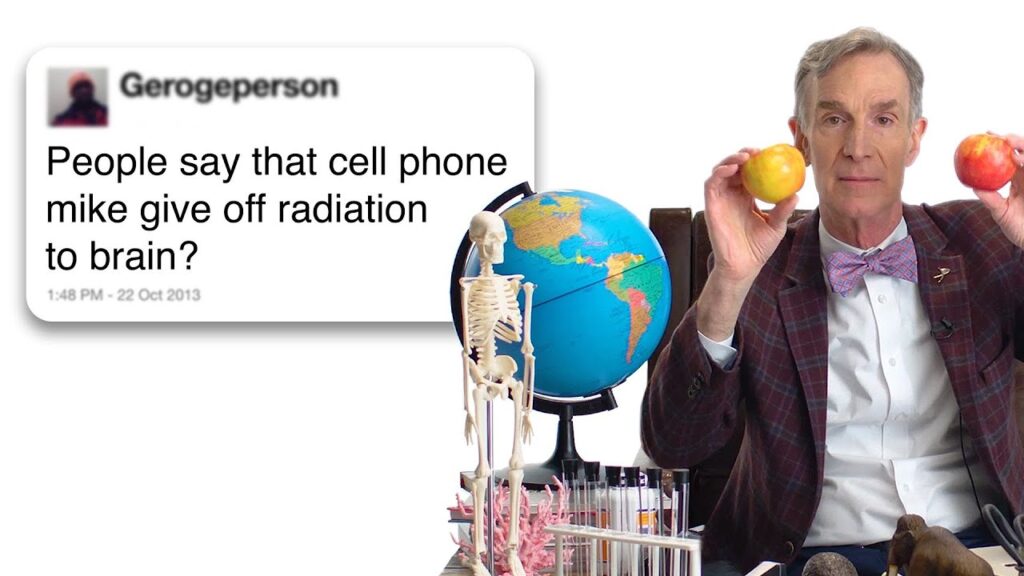Optical Illusions: How Our Brain Interprets Visual Cues
Summary
Professor Pascal Wallisc delves into the fascinating world of optical illusions, explaining how they occur and why our brains sometimes create false perceptions. He discusses illusions such as the motion after-effect, the spinning dancer illusion, motion-induced blindness, beta and phi motion, mirages, the Asahi illusion, the black hole illusion, and the infamous dress illusion. The article also covers other types of illusions, including those found in Magic Eye pictures, 3D movies, forced perspective, and the Ames room, as well as impossible objects and pareidolia. Overall, the article highlights the fascinating ways in which our brains interpret visual cues and how this can be manipulated and influenced by various techniques, resulting in optical illusions.
Table of Contents
- The Science Behind Optical Illusions
- The Spinning Dancer Illusion and Left/Right Brained Tendencies
- Motion-Induced Blindness, Beta and Phi Motion, and Mirages
- The Asahi Illusion and the Black Hole Illusion
- The Dress Illusion
- Other Types of Illusions
- Conclusion
The Science Behind Optical Illusions
Optical illusions are images that play tricks on our brains and make us see something other than what is actually there. They occur because our brains try to make sense of the world around us, using past experiences and contextual information to interpret visual cues. However, this can lead to false perceptions due to poor optics, context, and interference patterns.
The Spinning Dancer Illusion and Left/Right Brained Tendencies
The spinning dancer illusion is often used as a test of whether someone is left or right-brained. However, Wallisc dismisses this assertion, stating that the illusion only means that people are perceiving the spinning direction in different ways. This is because the visual system is wired differently for each individual, leading to varying interpretations of the same image.
Motion-Induced Blindness, Beta and Phi Motion, and Mirages
Wallisc also discusses the motion after-effect, where neurons in the brain tire after constant activity, leading to a temporary change in perception. This effect can also cause motion-induced blindness, where a stationary object disappears when surrounded by moving objects. In addition, Wallisc discusses beta and phi motion, where we perceive motion even when there are none, and mirages where we see something that isn’t there due to atmospheric refraction.
The Asahi Illusion and the Black Hole Illusion
Wallisc talks about the Asahi illusion, which makes the center of an image appear brighter than the surrounding white areas due to gradients of luminance. He also describes a newly discovered illusion involving a black hole that makes it appear to be expanding and the pupils of the viewer dilating in response.
The Dress Illusion
The infamous dress illusion caused quite a stir on social media a few years ago when people saw it as either black and blue or white and gold. Wallisc explains that our assumptions about the lighting in the image influence our perception of the colors, leading to differing interpretations.
Other Types of Illusions
In addition to the illusions mentioned above, Wallisc discusses other types of illusions, including Magic Eye pictures and 3D movies, which work on the principles of stereopsis and presenting two different images to create a 3D effect. Forced perspective and the Ames room both play with our assumptions about distance and size, while impossible objects like the Penrose stairs and blivets rely on perspective to create an illusion of impossibility. Finally, pareidolia explains why we often see faces in non-face objects due to our brain’s tendency towards false positives.
Conclusion
Optical illusions are a fascinating aspect of human perception, highlighting the disparity between our subjective interpretation of reality and the objective world around us. By understanding how optical illusions work, we can gain insight into the inner workings of the human brain and its ability to interpret and manipulate visual cues.






